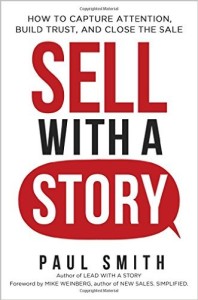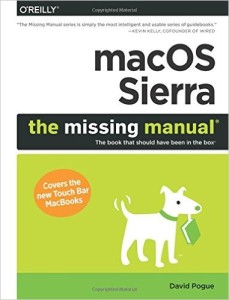Don’t Let Your Blog Leave the Wrong “Effect”

“For all the changes to the algorithm Google goes through,” a blog content writer recently assured readers, “only a handful are significant and will effect your ranking – if even that.” Uh-oh – didn’t you mean “affect your ranking”?
The verb “effect” means “to cause to come into being” or “to bring about. “When you are tempted to use “effect” as a verb, ask yourself if the phrase ‘bring about’ makes sense in its place,” explains getitwriteonline.
“Effect” was the wrong verb, but several other excerpts from that same multi-contributor advice blog demonstrated the use of the wrong pronoun:
- No one is going to trust you to deliver quality products and services if your company can’t even manage their own public image. “Company” is singular; the text should read “can’t even manage its own public image”.
- Once you understand who your customer is, it is easier to define in a few simple sentences what makes your company uniquely qualified to solve their problem. “Customer” is singular. This should read “his/her problem”.
- Any professional worth their salt has an account on LinkedIn, which in essence is an online resume. Any professional is singular; “worth his/her salt” would be correct. If this is awkward, change the subject to “professionals”.
- Ask a designer why they are so enamored of ampersands and they may get a few words in before muttering they don’t know why. A designer is so enamored.
But, hey, does it really matter, you may ask? Readers probably understood what those bloggers meant to say, and perhaps none even caught the blog writers’ mistaken word choices.
Everyone who knows me at all well is familiar with my near-maniacal preoccupation with proper language usage. Informal and conversational as business blog writing might be, I constantly stress to business blog content writers – or those providing business blogging services – how important it is to check for “spinach-in-the-teeth” bloopers in their content.
Christina Wang of Shutterstock.com agrees with me that it’s important to pay attention to grammar.. “No matter where you work or what you do, everyone needs to know how to write effectively for business these days,” she says.
Don’t let your blog leave the wrong effect!





Follow us online!